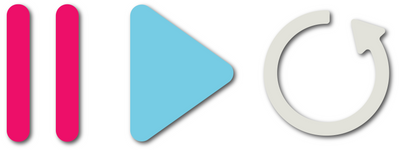Insert vs Send?
There are two ways that effects can be added to an audio channel in a hardware or DAW mixer.
The simplest is to Insert the effect onto the audio channel itself. The insert point on a hardware mixer adds effects 'in-line', processing the entire signal flowing through it.
EQs, Compressors, Panners, and Pitch Correctors are the most regular insert effects, used to process 100% of a signal, rather than just part of it. In DAW mixers, there's often more flexibility when it comes to plugins like compressors offering a dry/wet balancing knob so only part of the signal is treated.
The second way is to place an effect on an aux (or auxiliary) bus, then route a portion of the signal to it using a send. This allows you to send as much or as little of the signal as you wish to be effected and to balance the amount of effected signal (known as the 'return' level) in the mix.
The terminology of effects can be confusing - a situation not helped by the different and often interchangeable terms used by both hardware and software manufacturers throughout the years. The difference between a Bus and an Aux Send is that the Bus takes a signal from multiple sources, combines them, and sends them to a single destination, while an Aux Send is a control on the mixer that allows you to route a variable amount f a channel's signal elsewhere o nthe mixer - usually a bus. An Aux Channel is is another channel on the mixer into which you can insert processors or effects - or indeed send signals to further aux channels.
The key point here is that the dry signal still flows to the master bus as normal; the desired proportion of the wet effect is then added to it, where the entire channel signal is processed.
There are two advantages of using send effects on an aux bus.
- The first is practical. Even in today's era of super fast processing, using the same processor-heavy reverb to treat several signals, rather than using the same reverb multiple times on different track inserts, saves CPU resources.
- The second is that the use of a handful of common effects across a mix (usually a couple of reverbs and a delay) can improve mix coherence, imprinting the same sonic character on a range of various signals and placing sounds that may have different sources, such as a synth, a drum loop, and a vocal for example, into a single acoustic space.
It's worth noting that a signal can be sent to a bus 'pre' or 'post-fade' (that is, before or after the channels volume fader). In pre-fade mode, the signal is sent to the effect at a set level regardless of the fader position. Although most useful when setting up headphone mixes, a pre-fade send can be ideal when all you want is the effected sound without any dry signal.

Leave a comment